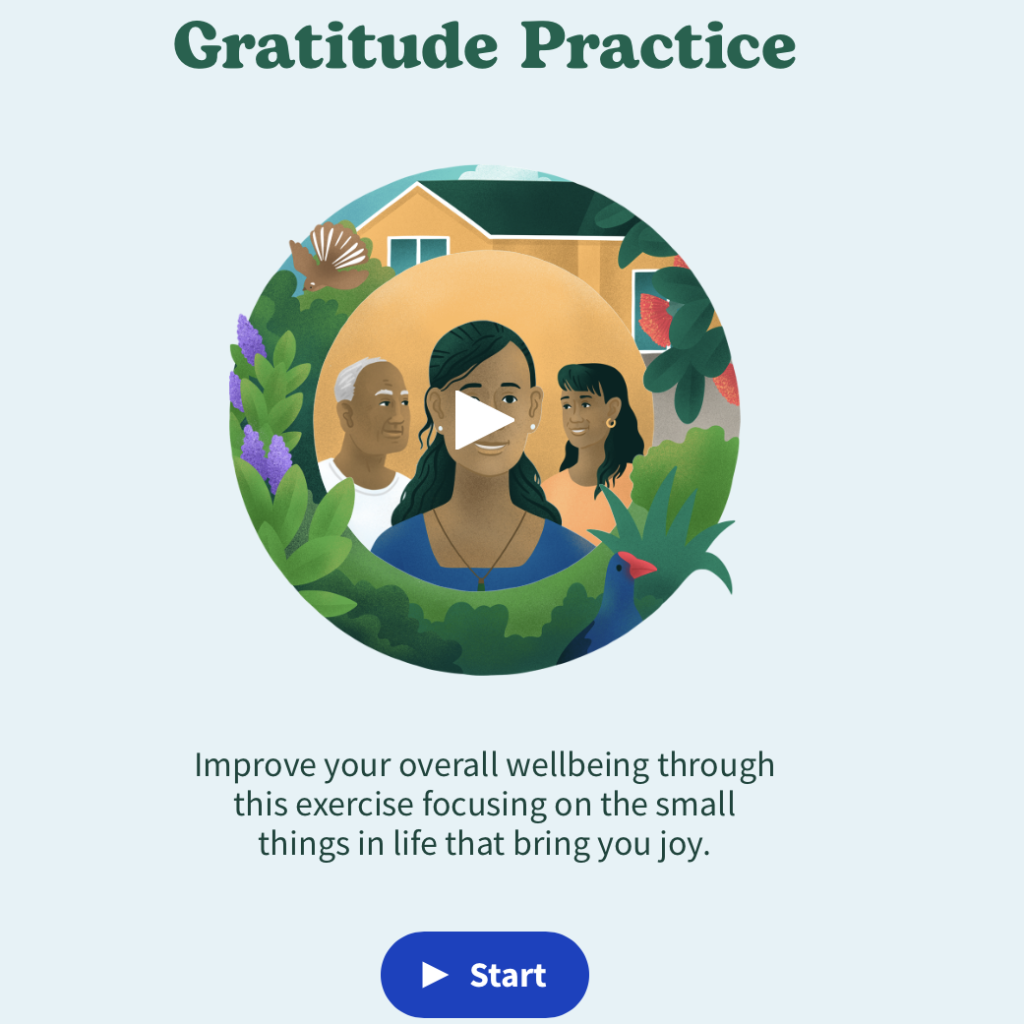How do you feel when warm sunlight touches your face, or when you have your first sip of morning coffee or tea? These little moments often make us feel good, but we don’t pay much attention to them. Practising gratitude means taking a moment to appreciate the small things in life that bring you joy.
How does it help?
Practising gratitude regularly, even just for a few minutes each day, can help you experience more positive emotions and increase your overall wellbeing. You’re focusing your mind on things that make you feel good, whether that’s at least one thing you like about yourself, the people you love or an appreciation for nature and the wider world.
How it can help ALPIMS
Gratitude journaling is a low-cost, evidence-based strategy that offers cross-domain benefits in ALPIMS — especially in Mood, Anxiety, Sensory, and even indirectly for Pain and Immune domains. While not a standalone treatment, it can significantly enhance resilience, improve emotional regulation, and buffer against symptom spirals when practiced consistently.
✨ ALPIMS Domains Helped by Gratitude Journaling
| Domain | % Estimated Symptom Improvement | How It Helps |
|---|---|---|
| 🌧 Mood | ✅ 30–50% (long-term emotional wellbeing) | Shifts focus from loss to positive micro-moments, reducing depressive symptoms and emotional shutdown. Builds a sense of purpose. |
| 🧠 Anxiety | ✅ 25–40% (especially ruminative anxiety) | Rewires threat focus. Helps disengage from spiraling or anticipatory fear. Improves parasympathetic tone. |
| 🔊 Sensory | ✅ 20–35% (indirect) | Enhances tolerance to input by supporting nervous system regulation. Gratitude-linked calm can soften reactivity. |
| 🔥 Pain | ⚠️ 15–30% (indirect via mood and stress) | Lowers stress perception and pain catastrophizing. May reduce flare intensity when combined with pacing. |
| 🧬 Immune | ⚠️ 10–20% (indirect, long-term) | Reduces stress hormones and inflammatory markers over time (e.g., IL-6, CRP). Supports circadian rhythm and resilience. |
| 🦴 Laxity | ❗ <10% (no direct effect) | Indirectly helps by reducing emotional stress that might worsen muscle tone, tension, or postural collapse. |
📊 Overall Impact
| Category | Expected Improvement with Consistent Practice |
|---|---|
| Emotional regulation | ✅ 30–50% |
| Stress resilience | ✅ 20–40% |
| Pain reactivity | ⚠️ 15–30% |
| Autonomic calm (POTS/MCAS) | ⚠️ 10–25% |
| Flare recovery time | ⚠️ 10–20% |
Benefits are strongest when practiced 3–5 times per week, especially when focused on specific, sensory-rich, relational, or internal gratitudes.
🟩 Best Zone to Use Gratitude Journaling
| Zone | Suitability | Tips |
|---|---|---|
| 🟩 Green | ✅ Ideal zone | Build habit, reflect deeper. Anchor to routines (e.g., bedtime wind-down). |
| 🟧 Yellow | ✅ Soothing and grounding | Use short prompts: “1 good thing,” “I’m glad I…” Keep it low effort. |
| 🟥 Red | ⚠️ Use gently or skip | If gratitude feels hollow or inaccessible, focus on self-compassion or survival affirmations instead. Avoid forced positivity. |
✏️ Practice Tips
- Keep it brief and sensory-specific: “I’m grateful for the quiet light in my room” is more powerful than “I’m grateful for my home.”
- Try ALPIMS-focused prompts:
- “What helped my body feel safe today?” (Sensory)
- “What eased my pain, even slightly?” (Pain)
- “Who made me feel less alone?” (Mood)
